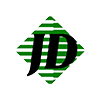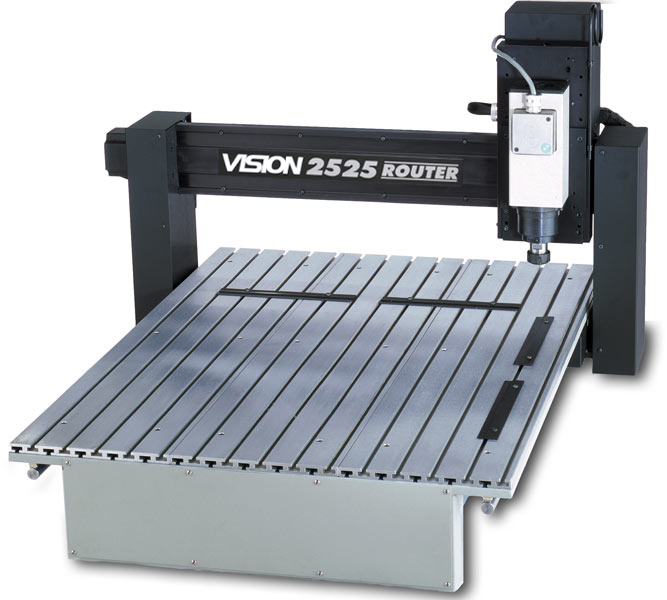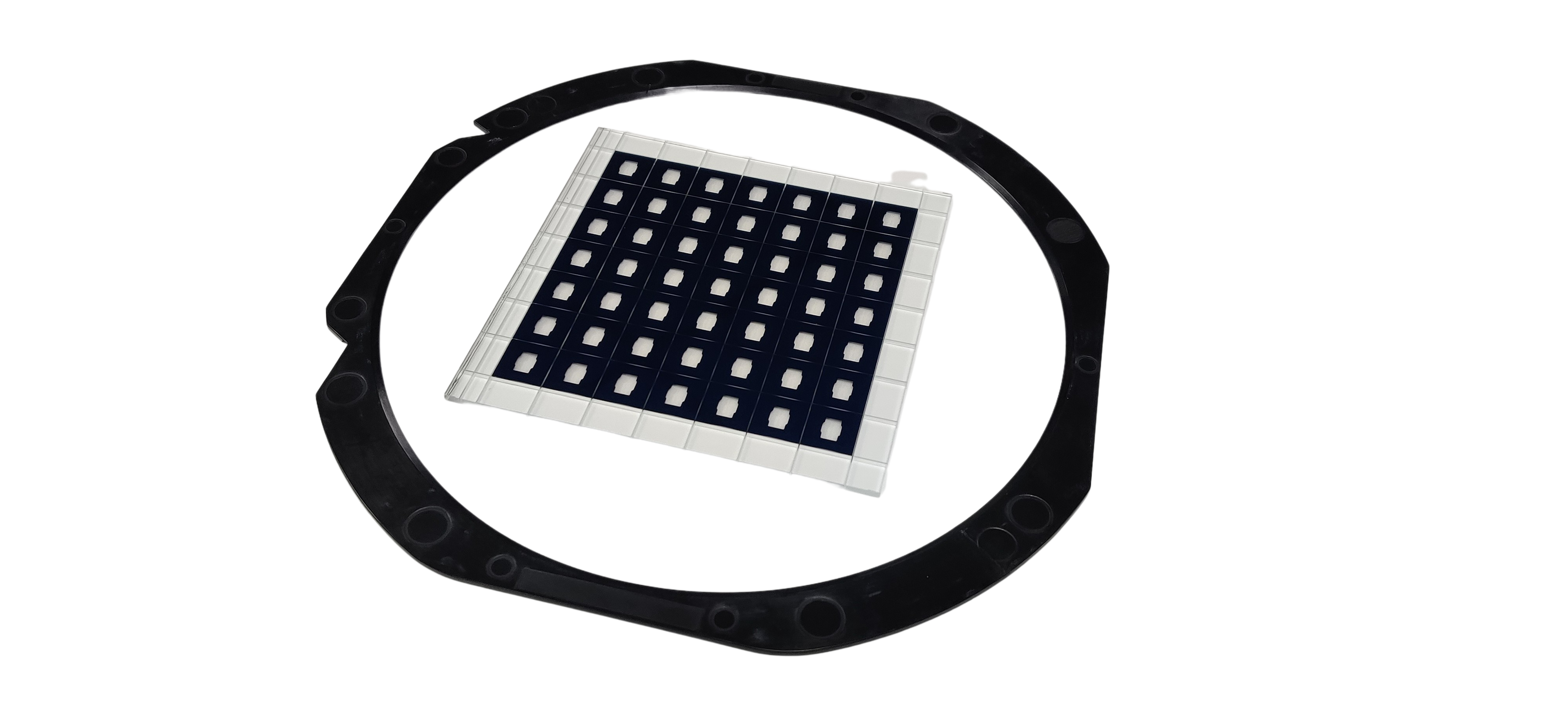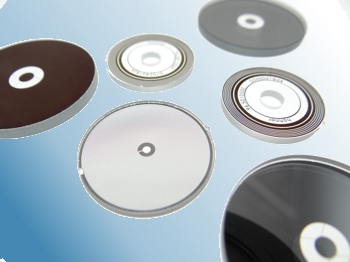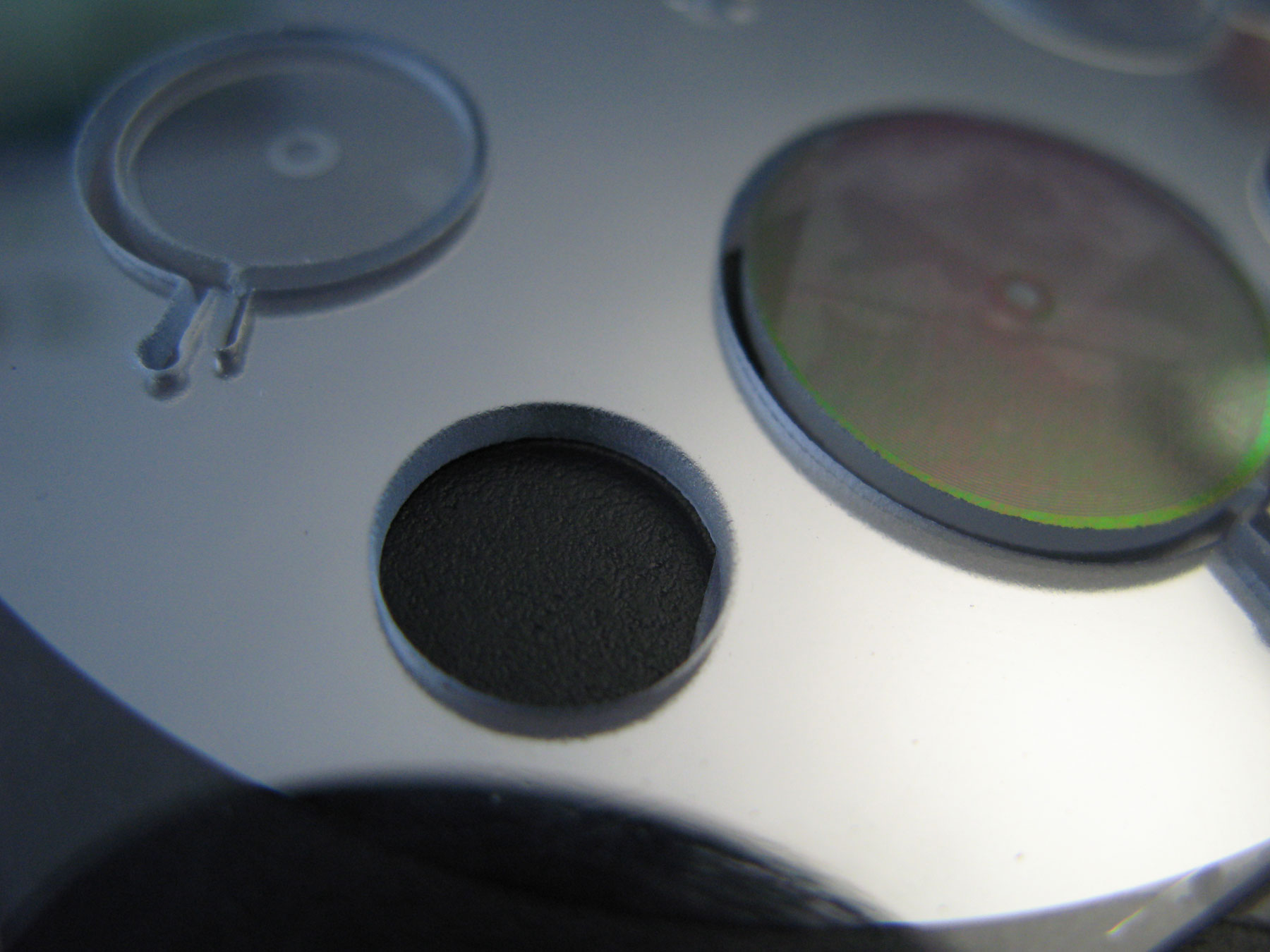RETICLE & COMPONENT CUTTING
Films can easily be cut into rectangle shapes with a simple guillotine, a sharp knife, or even a pair of basic scissors. If you intend to do this yourself, please ensure that you protect the emulsion face of the film adequately, and obviously protect the film from any contaminates in the cutting area. The film does not tear or shear, and there will be no small particles that come from the film, so this is usually suitable to do in cleanrooms without the worry of microscopic contaminates. If you have doubts over how clean your cutting area is and need to protect the surface, we can offer either a temporary Nitto film protection that can be easily peeled off afterwards or alternatively a full Artwork Protection Film which is laminated semi-permanently to the surface and gives barrier protection. Of course, we are more than happy to trim films to size for you. To enable this, we normally add some small alignment marks and then cut the film on a standard film trimmer. This does not add any extra delays to the manufacturing time, and there is a small minimal cost involved for the cutting process.
Glass plates are more difficult to handle, and the cutting of them to the required size and shape can be processed in two different methods.... for one-off inquiries we can profile the glass to the required size and shape afterwards, and for larger quantities or multiple repeat targets, we can order the material in pre-defined in size and shape. Typical delays for ordering custom materials are 2-4 weeks depending upon the complexity, and there will be a minimum order quantity which also depends on the material and size chosen. Please contact us if your requirements are for multiple copies and we can quote accordingly.
Below are the different methods we have for profiling glass pieces into individually sized components.
Scribe & Snap
This is the quickest, easiest, and therefore lowest cost method that we have for cutting components to size. We place the master plate on our NC scoring machine and the blade creates a scored line along the whole length of the plate. We then simply snap the component out of the plate. Due to the tolerances of the machine, manual alignment, and the differences in plate sizes, this method is the least accurate and we quote tolerances of +/- 0.75mm, although in everyday practice we generally provide more accurate. Once snapped out of the master plate, the edges are buffed to ensure that there are no sharp parts that can cause damage. We do not generally chamfer edges, only make them "safe to handle". Note that we generally need the chrome pattern to be at least 0.5mm away from the edge of the scoreline to avoid chipping.
Dicing
Our dicing service is the most accurate cutting of components and is ideal for larger quantities or smaller components. The component is arrayed on a larger master plate, usually with a 0.25mm gap between components, and the dicing blade is aligned to special fiducial marks that are added to the plate pattern. Normally, the plate is cut from the top surface only but in special circumstances, it may be diced from both the top AND bottom surfaces to avoid chipping along edges. When dicing from the top surface, the plate is stuck to a "low tack" tape and then the whole plate is supplied back to the customer who can peel off the components manually from the tape backing.
Edge Grinding
For round components, we have an "edging" service. This involves cutting the component into smaller squares and then hand processing them on an edge grinding machine. This is a skillful manual task and usually involves pinning the plate centrally, spinning it at high revolution speed, and then grinding the edge down. This is suitable for smaller quantities. Further processing, such as core drilling or countersinking can be achieved to create intricate components.
Waterjet Cutting
For components that are round, donut, or other intricate shapes, we have a service where the plates can be cut by waterjet. This service is fairly accurate and gives great edges to individual components.

